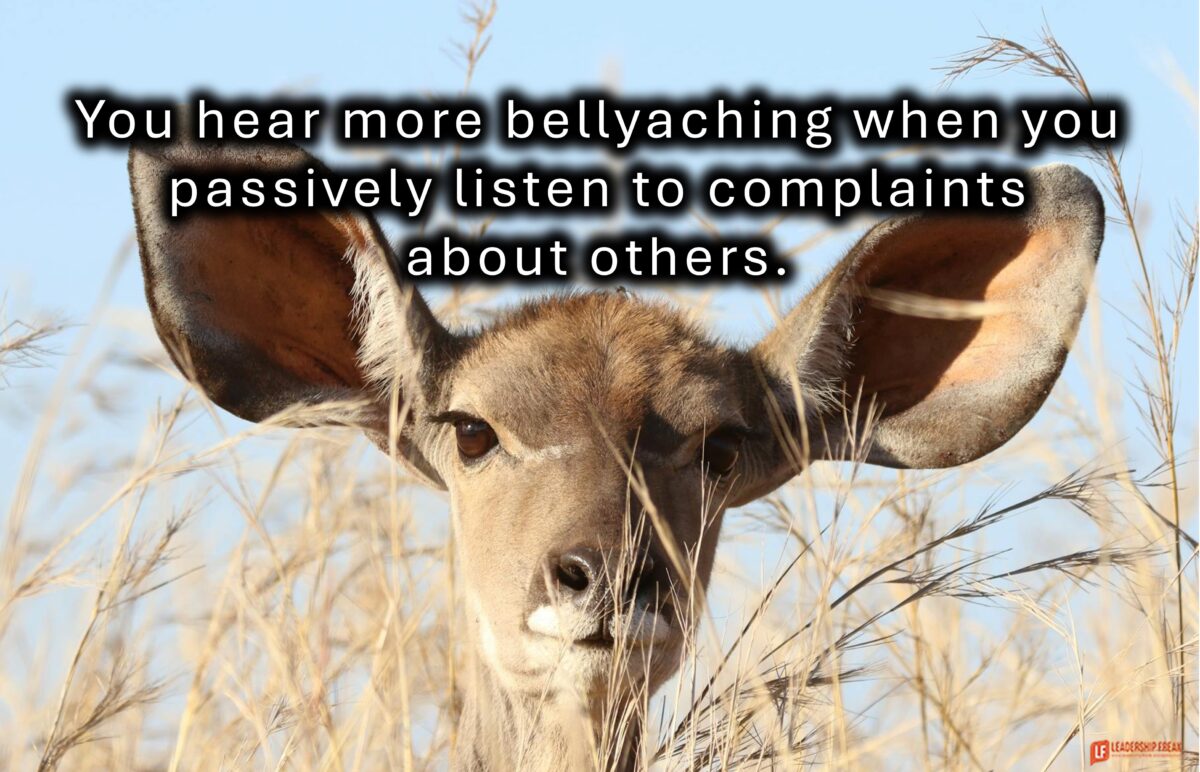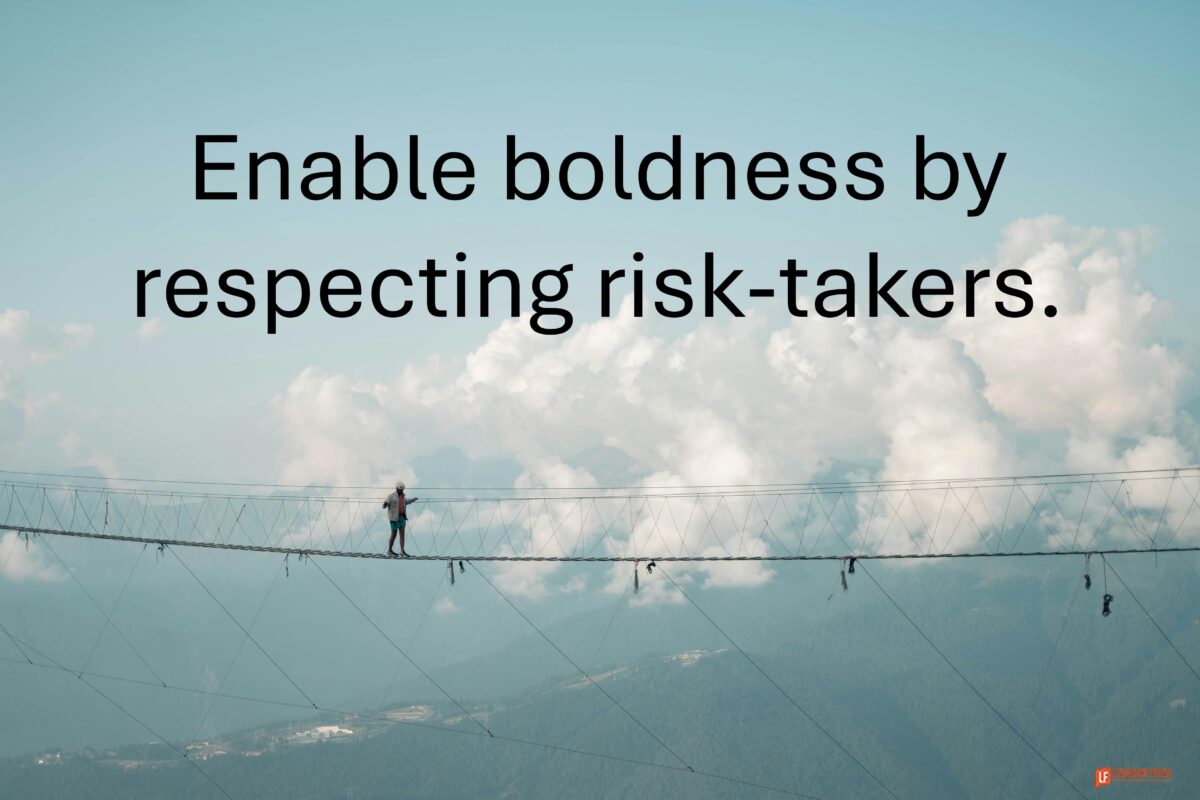3 Ways to Jumpstart One-On-Ones
The lumberjack said if his life depended upon his ability to cut down a tree in five minutes he would spend three minutes sharpening his axe. QI
Don’t have one-on-ones if you don’t have time to prepare.
You can prepare in minutes.
3 ways to jumpstart developmental one-on-ones:
#1. Quiet your spirit.
Don’t say, “I’ll be right with you,” when someone shows up for a one-on-one with you. Is the person you’re talking with worth three minutes of preparation?
Your pile of tasks is always pressing. Quiet your spirit a few times every day.
Three ways to tell someone they don’t matter:
- Let’s hurry up. I have a lot on my plate.
- I don’t have much time, let’s get down to business.
- I have to reschedule.
Who is likely to bring their best? Someone who feels important or someone who feels like a bother.
#2. Review your notes.
You won’t remember previous conversations.
I use OneNote for notetaking during coaching conversations. It’s searchable and I write on the screen of my Surface.
Taking notes lets people know you’re paying attention. On the downside, they wonder what you’re writing. Solve this by explaining the reason you take notes and the type of notes you take.
7 things to track during one-on-ones:
- Personal updates. Things outside of work.
- Wins since your last meeting.
- Ongoing concerns, theirs and yours.
- Personal goals. Your service to others begins with understanding their goals.
- Action steps.
- Follow-up items.
- Key takeaways. Ask, “What’s your takeaway from this meeting?”
#3. Show up stupid.
Cast out your inner fixer.
Don’t accept people’s monkeys.
Ask forward-facing questions like, “What does it look like if you succeed today?” This week? This month?
What’s most important to you when you prepare for one-on-ones?
What can you add to the above list?
Still curious:
A Simple Reusable One-On-One Plan
5 Energizing Conversation Starters for One-on-Ones
How to Stop Wasting Time in One-on-Ones
How to Make Your One-on-Ones with Employees More Productive
Like this:
Like Loading…








































